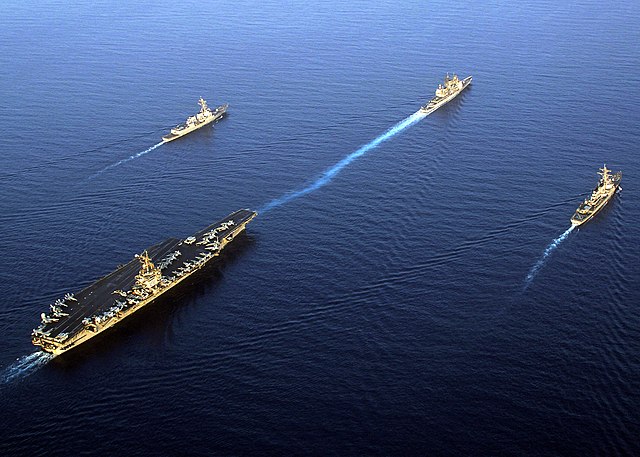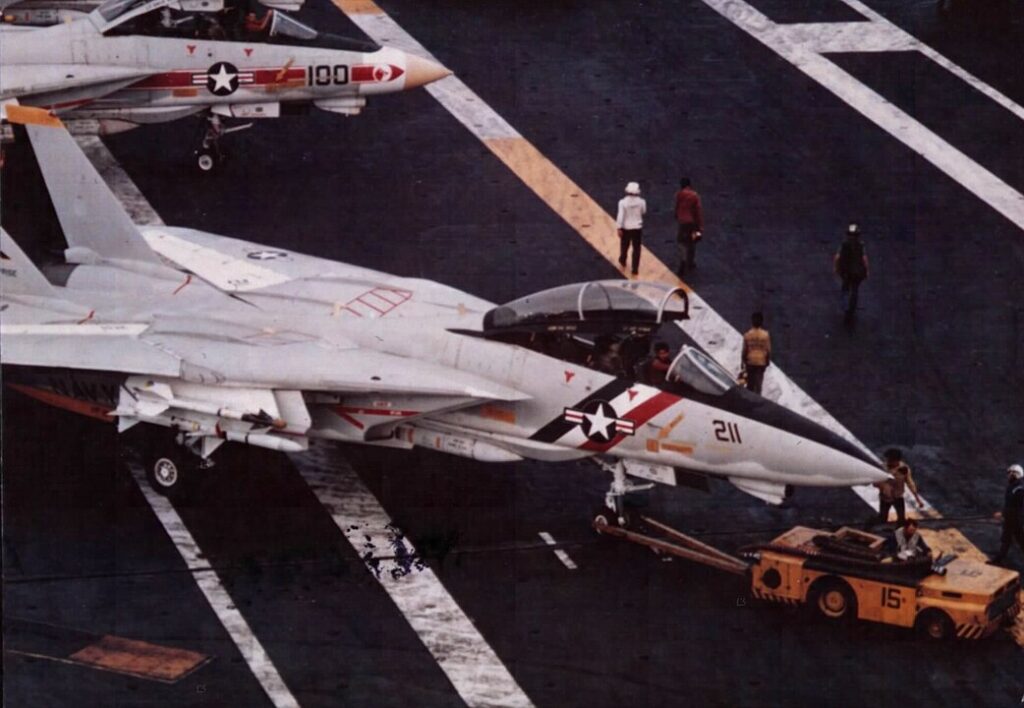The USS Enterprise, the world’s first nuclear-powered aircraft carrier, has a storied history that spans over five decades. Known as the “Big E,” this iconic ship has played a crucial role in numerous military operations and left an indelible mark on naval history. In this article, we’ll explore 11 surprising facts about the USS Enterprise that highlight its impressive legacy and unique features.
Contents
First Nuclear-Powered Carrier

The USS Enterprise (CVN-65) was groundbreaking as the world’s first nuclear-powered aircraft carrier, setting a new standard in naval engineering when it launched in 1960. Its nuclear propulsion allowed for greater endurance and operational range compared to traditional oil-powered carriers.
Longest Naval Vessel

Measuring 1,123 feet in length, the USS Enterprise holds the record for being the longest naval vessel ever built. This immense size allowed it to carry a larger air wing and more advanced systems, making it a formidable force on the seas.
Eight Nuclear Reactors

Unlike other carriers with two reactors, the USS Enterprise was powered by eight nuclear reactors. This unique configuration provided unprecedented power, allowing the ship to sustain higher speeds and longer deployments without the need for frequent refueling.
Maiden Voyage

The USS Enterprise’s first mission was a critical show of strength during the Cuban Missile Crisis in 1962. This deployment demonstrated the strategic importance and immediate impact of having a nuclear-powered carrier in the U.S. Navy’s arsenal.
Nickname “Big E”

The moniker “Big E” not only referred to the USS Enterprise’s massive size but also to its significant presence in naval history, carrying on the legacy of its World War II predecessor, the USS Enterprise (CV-6).
Multiple Deployments

Throughout its 51 years of service, the USS Enterprise was deployed in numerous conflicts, including the Vietnam War, the Gulf War, and the War on Terror. Its versatility and reliability made it a crucial asset in multiple theaters of operation.
Significant Refits

Over its lifetime, the USS Enterprise underwent several major overhauls to update its systems and capabilities. One of the most extensive refits occurred in the 1990s, taking almost four years and ensuring the carrier remained at the forefront of naval technology.
Record-Holding Speed

With a top speed of over 33 knots, the USS Enterprise was one of the fastest carriers ever built. This speed, coupled with its nuclear power, gave it a significant tactical advantage, allowing rapid deployment and repositioning.
Unique Island Design

The island structure of the USS Enterprise was positioned further aft than on other carriers, which improved flight operations by providing more deck space for aircraft launch and recovery, enhancing overall efficiency.
Historic Launches

The USS Enterprise was pivotal in the operational deployment of the F-14 Tomcat and the F/A-18 Hornet, two of the most iconic fighter jets in naval aviation. These launches marked significant advancements in the Navy’s air combat capabilities.
Longest Deployment

In 1964, the USS Enterprise set a record for the longest continuous aircraft carrier deployment, staying at sea for 307 days. This achievement showcased the ship’s endurance and the crew’s dedication.
This article originally appeared in MyCarMakesNoise.
More from MyCarMakesNoise
19 Misleading Pieces of Advice About Extending Vehicle Lifespan

Taking care of your vehicle is important, but not all advice is worth following. Some common tips about extending your car’s lifespan can actually lead to more harm than good. Read More.
9 Iconic Steamships That Changed Maritime History

Steamships revolutionized the way people and goods traveled across the seas, marking a significant shift in maritime history. From groundbreaking designs to record-breaking voyages, these iconic vessels not only pushed technological boundaries but also shaped global trade, communication, and warfare. Read More.
20 Classic Cars That Have Stood the Test of Time

Classic cars have a timeless appeal that goes beyond their looks—they represent a blend of history, innovation, and lasting craftsmanship. Some vehicles have remained iconic through decades, admired for their design, performance, or cultural significance. Read More.














